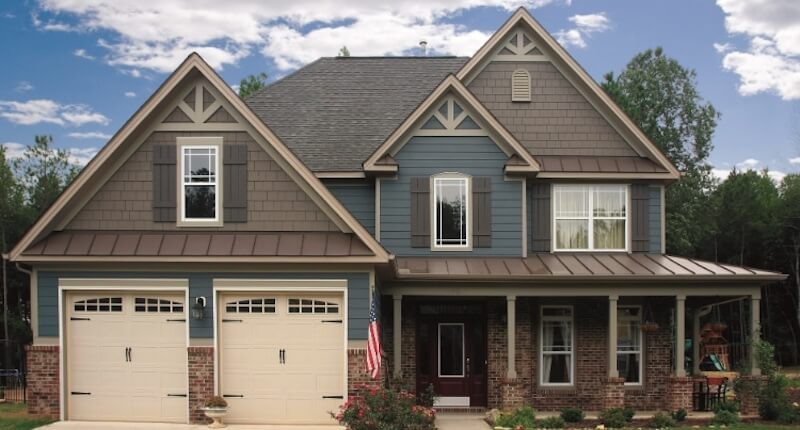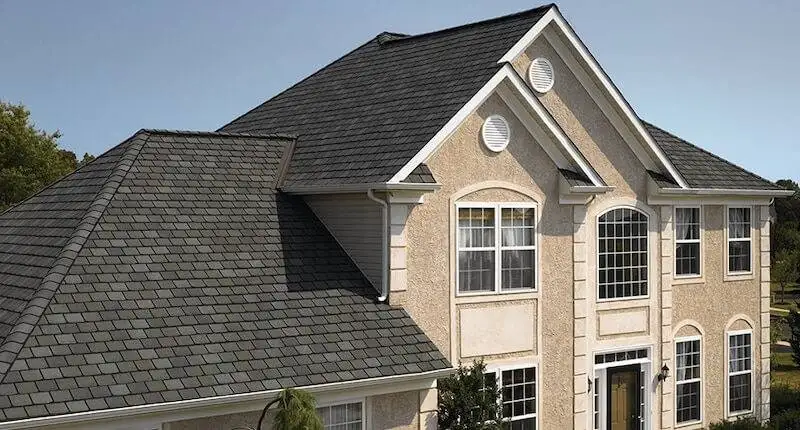Hardboard Siding
While hardboard siding is a popular choice for many homeowners throughout the region, it may not be the best option for every home’s needs. Before installing this type of siding on your home’s exterior, it’s important to weigh the pros and cons of hardboard as a material. Read on to learn more about hardboard siding and why Tevelde and Co. is a trusted source for professional siding solutions!
Home / Siding Materials / Hardboard
What is Hardboard Siding?
Hardboard is a common option for homeowners looking to install a cost-effective solution for their home’s siding needs. Hardboard is made from combining compressed wood fibers (often times wood chips) and resins, creating a composite material that is rigid and durable. The manufacturing process involves using steam and high-pressure systems to create a board that is uniform in thickness and density throughout; hardboard is available in a variety of styles, including hardboard lap siding and vertical siding.
- What is Hardboard Siding?
- Benefits of Hardboard
- What are the Drawbacks of Hardboard Siding?
- What are Other Siding Alternatives?
- Fiber Cement Siding
- Vinyl Siding
- Wood or Stone Siding
- Tevelde and Co. is a Top-Rated Home Improvement Contractor
- Trusted and Localized Expertise
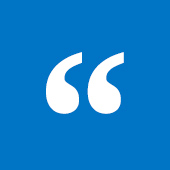
Benefits of Hardboard
One of the main benefits of new hardboard siding is its robust durability that it can bring to homes. Hardboard siding products are designed to withstand harsh weather events, including rain, snow, and windstorms. It is also quite resistant to insects and pests, making it a solid choice for homeowners in areas where termites and other pests are commonplace. Lastly, hardboard is among the most cost-effective options for siding, making it a popular choice for homeowners working on a budget!
Durable Siding Solution
Hardboard is a durable siding solution that can last for many years with proper maintenance and care! Its composite materials are designed and manufactured to keep your home secure and protected for years to come.
Cost-Effective Materials
Another main benefit of traditional hardboard siding that draws in homeowners is its cost-effectiveness. Compared to other siding options like wood, fiber cement, or vinyl, hardboard siding is quite affordable. It has become a common choice for property owners who need a durable siding solution without breaking the bank.
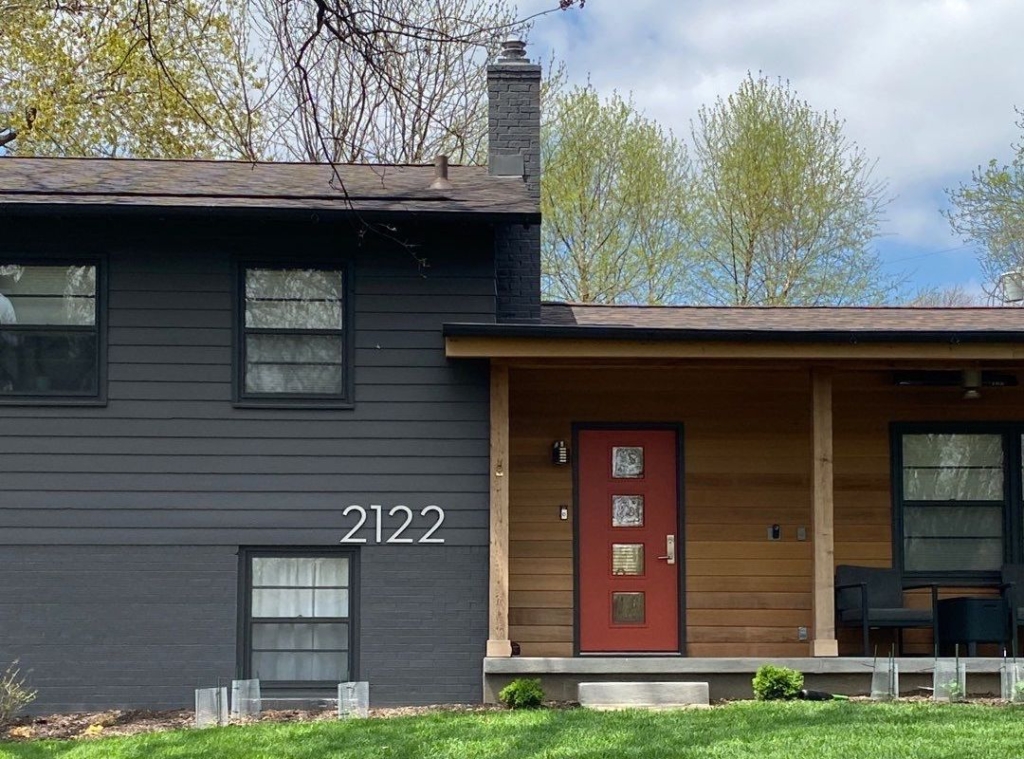
What are the Drawbacks of Hardboard Siding?
While hardboard siding has its benefits, there are some drawbacks to consider before making the decision to install it on your home’s exterior.
Susceptible to Water Damage
One of the main drawbacks of hardboard siding is that it is rather susceptible to water damage. Exposure to moisture can cause the siding to swell and warp, leading to costly repairs throughout the life of your siding. To prevent water damage, it’s important to properly seal and maintain hardboard siding over time.
Excessive Maintenance Can Be Needed Over Time
Another major drawback of hardboard siding is that it requires regular maintenance to prevent ongoing problems. This includes painting and sealing every few years – if the siding is not properly maintained, it can lead to costly repairs and replacements down the line.
For more tips on hardboard maintenance, check out this article from Hometips.
Hardboard Can Buckle and Blister
Lastly, hardboard siding is unfortunately prone to buckling and blistering throughout its lifespan, especially when exposed to excess heat and moisture. Over time, these buckles and blisters can lead to a significant reduction in the siding’s lifespan and a decrease in your home’s overall curb appeal. To avoid these common hardboard problems, consider other siding alternatives for your home.
What are Some Siding Alternatives?
While hardboard can be a cost-effective and durable option for some homeowners, there are many alternatives to consider that may better fit your home’s unique needs. Below are just a few popular siding options that our customers often opt for!
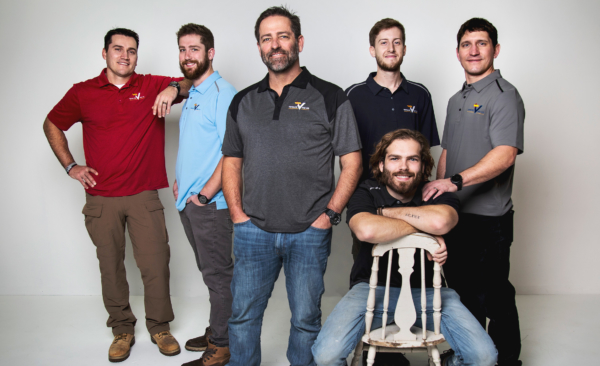
Other Siding Alternatives
While hardboard can be a cost-effective and durable option for some homeowners, there are many alternatives to consider that may better fit your home’s unique needs. Below are just a few popular siding options that our customers often opt for!
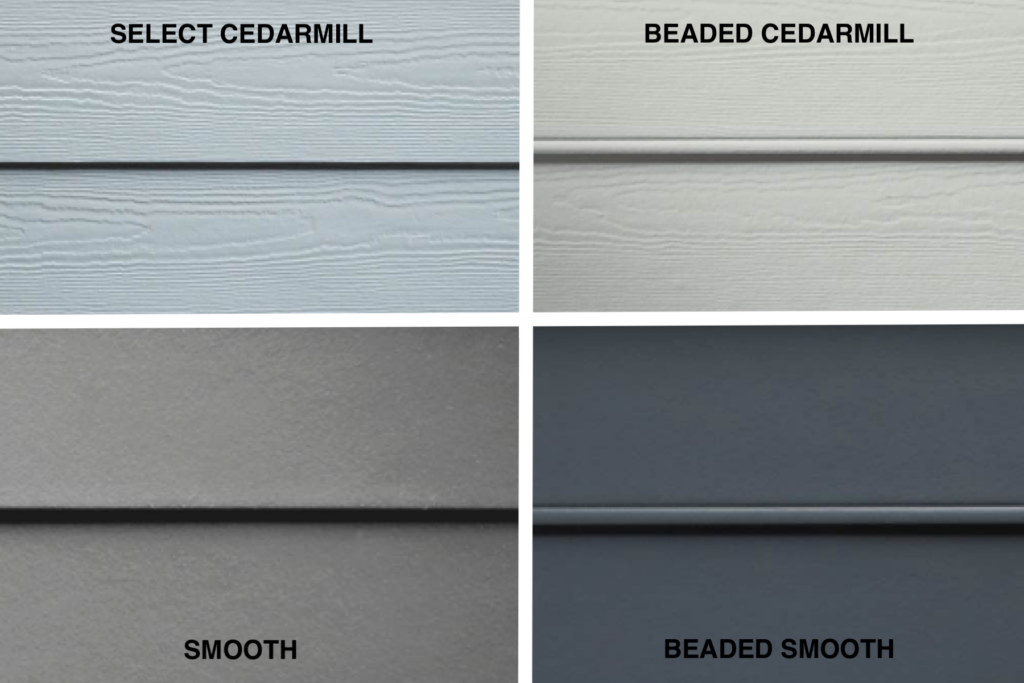
Fiber Cement Siding
Fiber cement siding, typically manufactured by James Hardie, is an excellent alternative to hardboard siding. It is made by combining cement, sand, and cellulose fibers, making it a very durable and robust material. Additionally, fiber cement is fire and pest-resistant and has very low maintenance requirements throughout its lifespan.
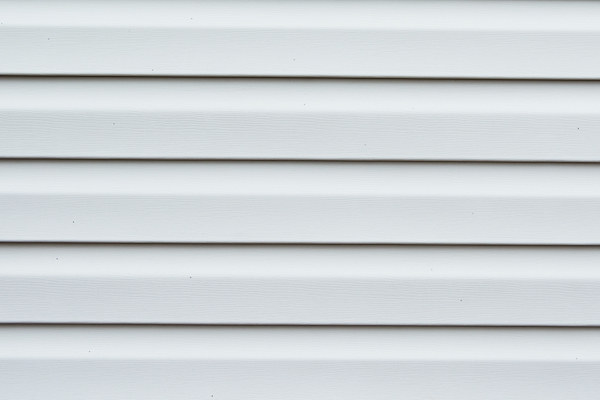
Vinyl Siding
Vinyl is another popular choice among homeowners due to its affordability and typically low maintenance requirements. It is also widely available in a variety of colors and textures, making it a great customization aspect of your home. While it is not as eco-friendly as other siding options, its lower costs and easy installation make it a common choice for property owners across the country.
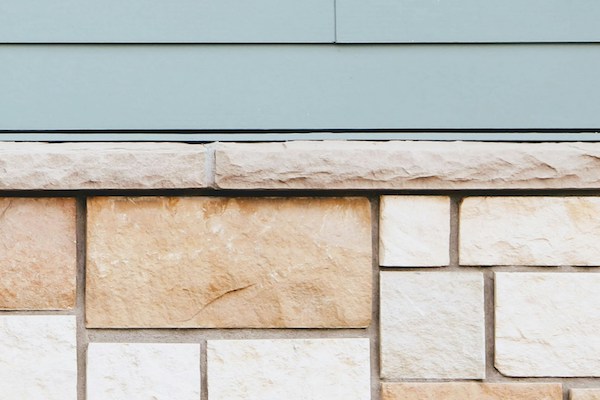
Wood or Stone Siding
For those looking for a natural, classic look, stone or wood siding may be a better choice than hardboard. While these siding options can be more expensive upon installation, they are highly durable and long-lasting! Natural siding, like wood or stone, can require more cleaning and upkeep than other options but can vastly increase your home’s value and curb appeal.
Tevelde and Co. is a Top-Rated Home Improvement Contractor
If you’re considering siding installation or replacement, Tevelde and Co. is proud to be a top-rated home improvement contractor that can help you make the right choice for your home’s exterior! We have been providing home exterior solutions in Greater Omaha since 2013 and are a trusted, localized team of experts with a focus on quality and professionalism. Contact us today for a free consultation!
Trusted and Localized Expertise
Our team of contractors at Tevelde and Co. is made up of experts who understand the localized and unique needs of properties in Eastern Nebraska. We take great pride in our communication, transparency, and commitment to providing top-rated home exterior services to our clients across the region. Check out our full list of solutions or our past projects gallery for more information.
Contact Us Today for a Free Consultation
If you’re interested in hardboard siding or any of the other siding alternatives mentioned above, contact us today for a free, no-hassle consultation. Our team is ready to help you make the right choice for your home and ensure a smooth, stress-free installation process!
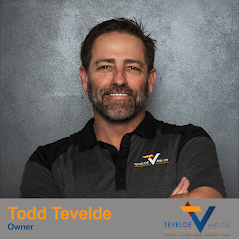
Article Updated: 4/16/24 | Published: 5/31/23
About The Author: Todd Tevelde
Todd Tevelde wrote this helpful article about Hardboard Siding Materials to help educate homeowners about their siding options. Todd is an expert in home exterior renovations and the founder of Tevelde and Co. With over 10 years of experience helping homeowners, Tevelde and Co. has become one of the most trusted contractors in the greater Omaha area. For more information contact Tevelde and Co. today!
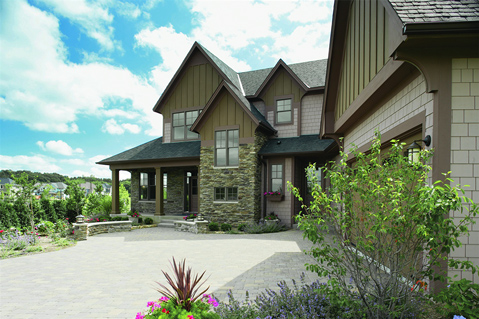
James Hardie Fiber Cement Siding
As the leading fiber cement siding on the market, James Hardie® siding is trusted by homeowners and siding contractors alike for its reliable performance. With its patented technologies that help it withstand any weather and hold in color, Omaha homeowners can rely on James Hardie siding to last for decades while continuing to look beautiful.

Financing Is Available.
Sometimes home remodeling projects can’t wait, or you just want to make all your property updates at once. Get the financing you need with approved credit and check out our special offers to make the most of your home remodeling dollars.


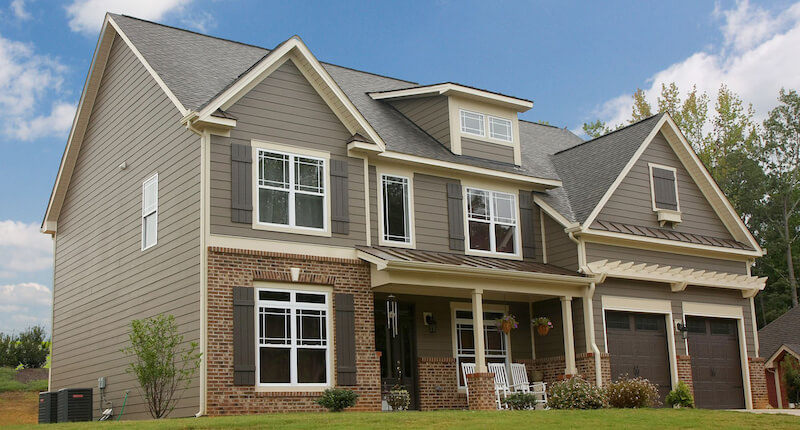
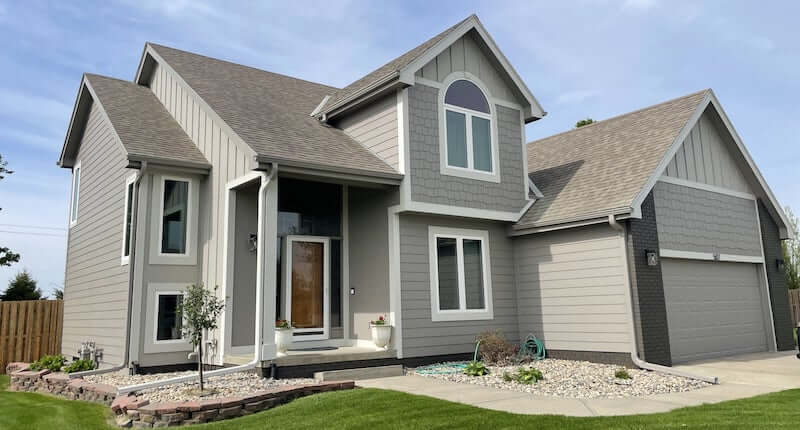 Window Services
Window Services